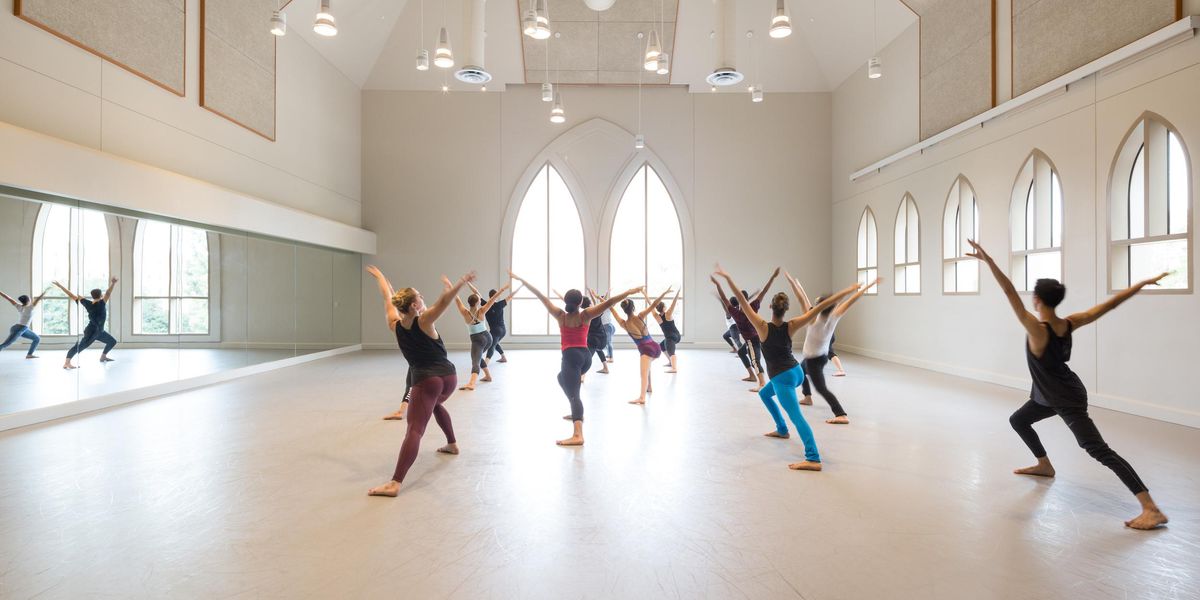A Short Piece of Dance—and Sports—History
Today’s archival image is from 1980, a snapshot of Twyla Tharp’s made-for-TV work, Dance is a Man’s Sport, Too. Tharp, center, created this two-minute piece for then New York City Ballet star (now director) Peter Martins and American football legend Lynn Swann. Set to an Irish jig, the three performers run, jump, roll, and glide in true old-school Tharp athletic style. You can watch a 55-second clip here.
Dance is a Man’s Sport, Too
was commissioned by Gene Kelly for the TV series Omnibus. It’s a sequel to Kelly’s first appearance on the show in 1958, in an episode titled “Dancing: A Man’s Game.” In both TV specials, dancers are paired with athletes and the divisions between art and sport are blurred. Here’s an awesome clip of Kelly cutting a rug with boxing champ Sugar Ray Robinson:
So why Swann? A pro football Hall of Famer, Swann (before he got involved in Pennsylvania politics) is best known for his years as a Pittsburgh Steeler. But the wide-receiver actually grew up dancing. In fact, he was affectionately nicknamed the “Baryshnikov of Football”—his agility respected and feared by opponents. Taking a closer look at the parallels between football and ballet, Sarah Kaufman wrote the following in a 2009 article for the Washington Post:
Swann studied dance before he became a football player, dragged to classes as a child by his mother. A hundred yards of turf became his stage. Dance training “gave me another dimension,” he says. “A comfort level in terms of my technique, timing and sense of rhythm to the game.” His tap teacher taught him that “the end of one move is the beginning of the next move. You had to be balanced in order to make that transition. There’s a timing and rhythm to every play.” What it often came down to, he says, was “having the dance background in your head and having the rhythm, and rehearsing it over and over.”
Later in the article, Kaufman interviews Swann and Tharp about the making of Dance is a Man’s Sport, Too:
Swann recalls that during rehearsal, he was catching more air than Martins, the tall Dane then at the height of stardom in the ballet world. Choreographer George Balanchine, Martins’ boss, was watching and, as Swann recalls, Balanchine called out to his star dancer that “he should jump a little higher, ’cause the little fellow was jumping up higher.”
Tharp, too, remembers Swann’s jump, and more. “He was so unbelievably elegant,” she says in a recent interview. “He had an extraordinary elevation, and he had a capacity to hang in the air. His stamina was unending, his speed, his flexibility, his maneuverability to get around a corner very fast. …I’ve never worked with any other gentleman of that caliber.
“…The guy is a phenomenal physical presence, and that’s what dancers are, too. Let’s just call him an amazing athlete, and that is something that dancers, too, can aspire to. I mean, the guy had it all — he just wasn’t trained in brisé volé.”




